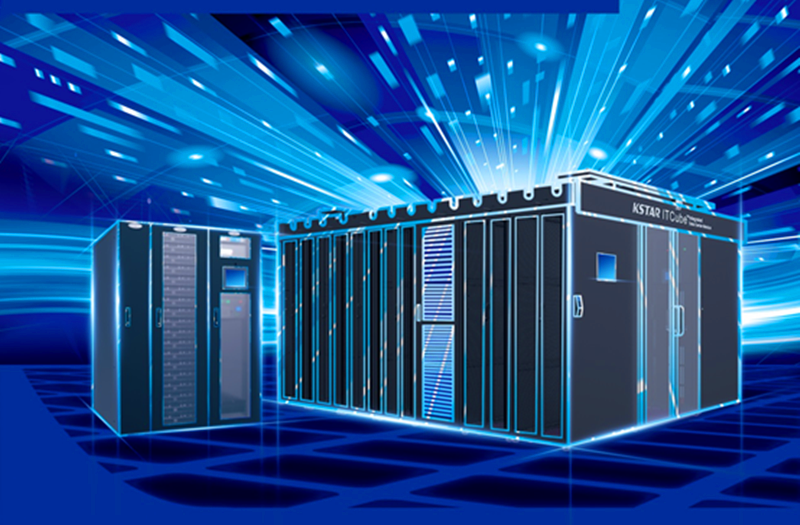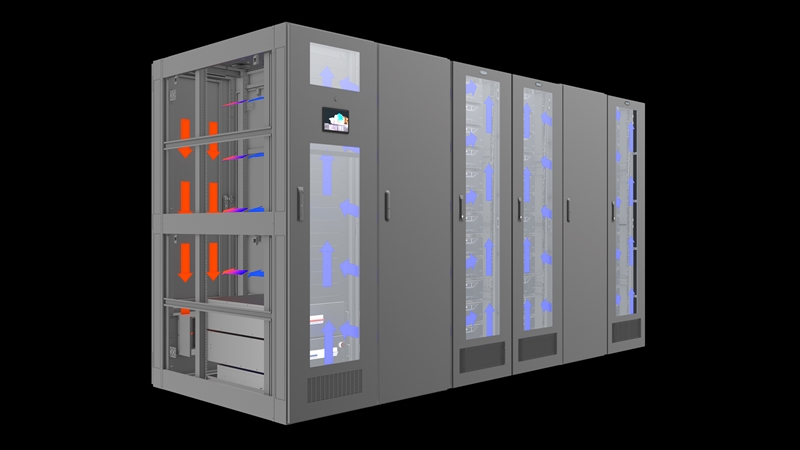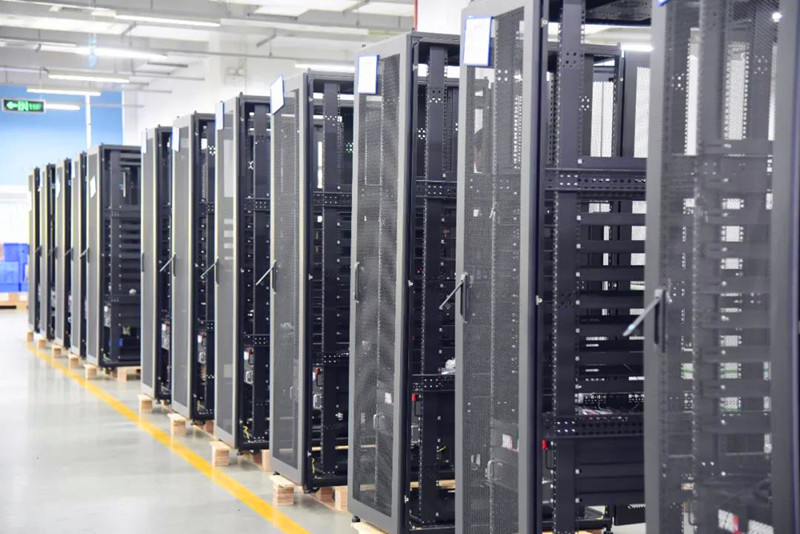

Data center design revolution:modular data center
In traditional data centers, air conditioning is required for cooling equipments because they generate a lot of heat when working. Otherwise, equipment such as servers will automatically shut down because the temperature is too high.

In order to improve the cooling efficiency of the air conditioner, the designers invented the Underfloor Air Distribution Systems, that is, the cold air of the air conditioner is blown out from the raised floor and is blown down to the IT rack.Then through the floor openings, the cold air drilled out of the floor to the front of the server. The fan inside the server "sucks" the cold airflow into the server to dissipate heat, and then expels the hot airflow from behind the server. This is the earliest heat dissipation method of "lower ventilation and air conditioning + raised floor".

Later,in order to further improve the utilization rate of the cold air and reduce the electricity bill of the air conditioner,engineer sealed the cabinet so that the cold air can just flow in the chanel. In addition to being more energy-efficient, it also forms a "cold pool" in the closed channel by this way . The cold air can be enenly distributed so that the server will not stop working due to lack of cold air.
Then some people put UPS, battery and other power supply and backup equipment into the closed channel, let them power the equipment nearby, and formed a so-called "distributed power supply" system. After continuous improving, the modular data center was finally came into being. which integrated power supply, cooling, backup power, fire protection, and monitoring systems, which can be regarded as a complete small computer room.
At the same time, people found that the structure can be flexibly configured according to the scale of the business, and can be prefabricated in advance in the factory. what's more,On-site installation reduces the workload and installation time, and it is more energy-saving.

There are many advantages of modular data center,According to different user needs, its value has been widely recognized in various industries. Generally speaking, the main advantages of micromodules are:
1. rapid development
2. flacibly expanding and quickly respond to changes in business needs
3. Intelligent operation and maintenance, energy saving
According to expert predictions, the data center will develop towards polarization, that is, ultra-large data center and edge data center. MDC can also adapt well to these trends.
For the ultra-large data center, modular design has become the top choice of the designers. From the modularization of the campus to the modularization of the computer room, the ideas of phased deployment and capacity expansion are consistent. For edge data centers, due to space, construction, integration and other considerations, micro-modules data center have become almost standard options.
Want to konw more about Kstar modular data center? Click:Kstar modular data center&integrated solutions
